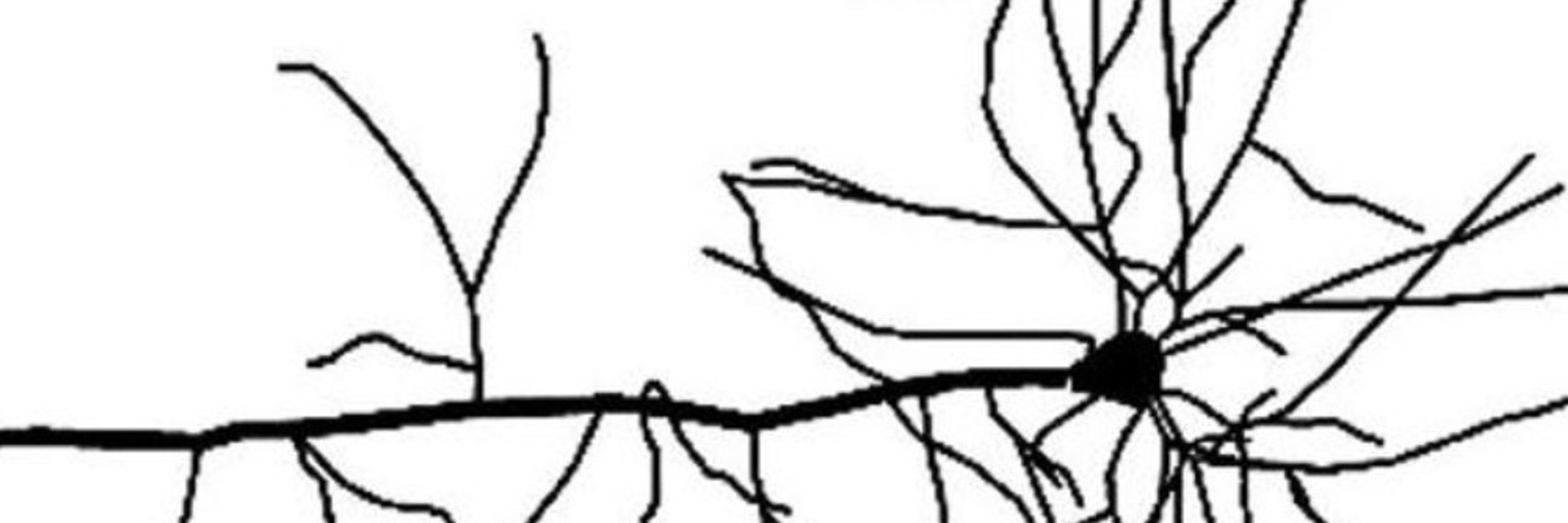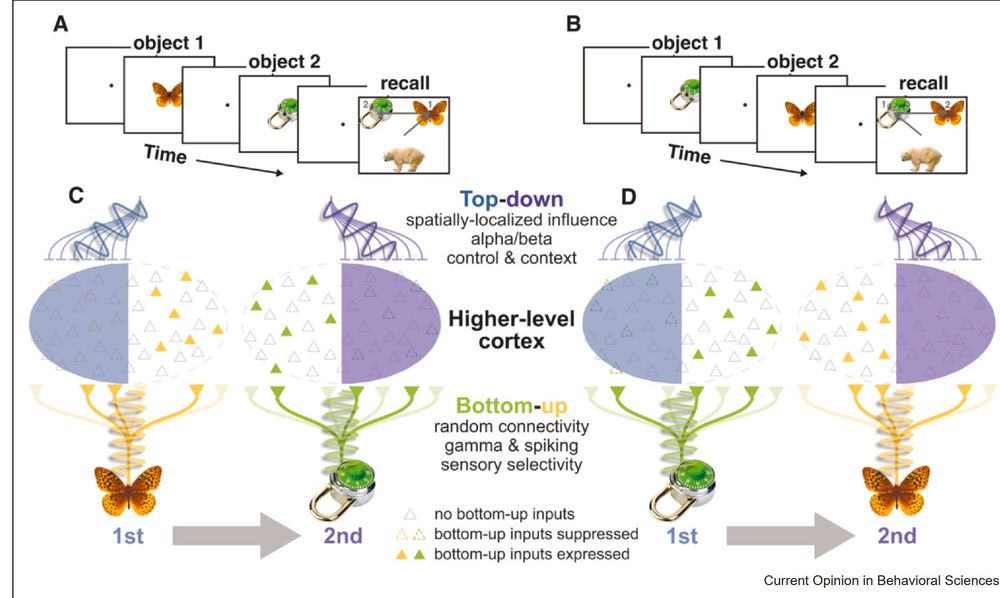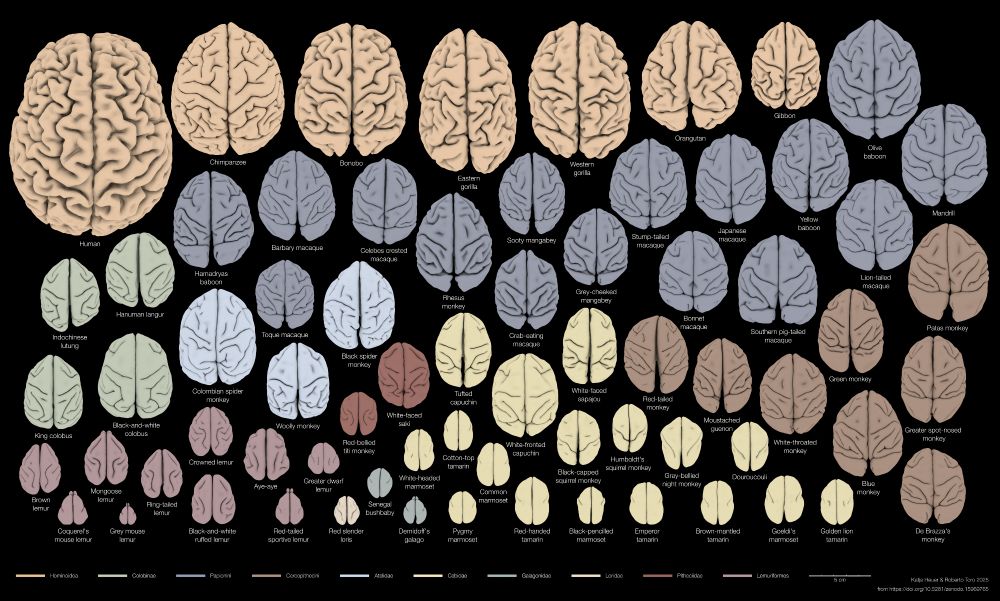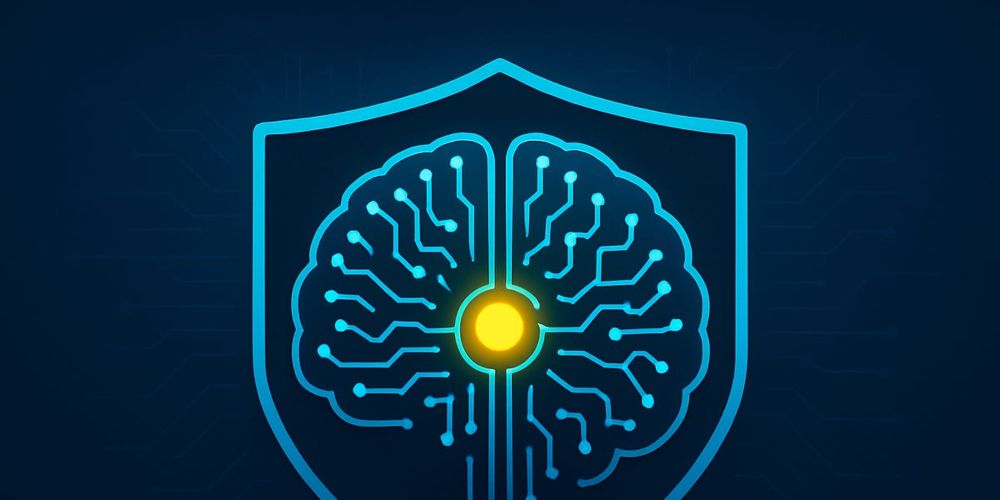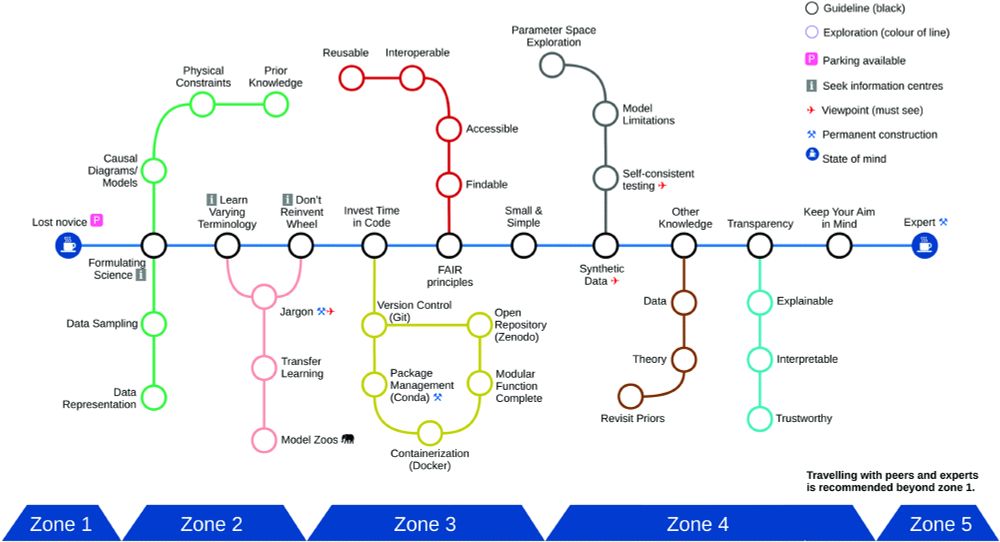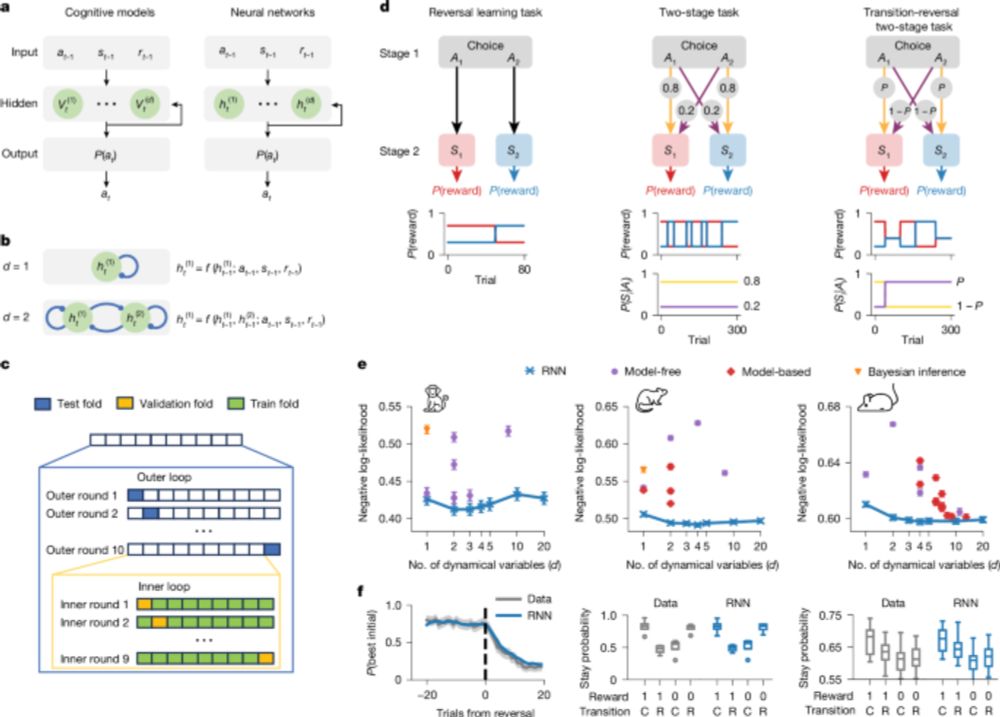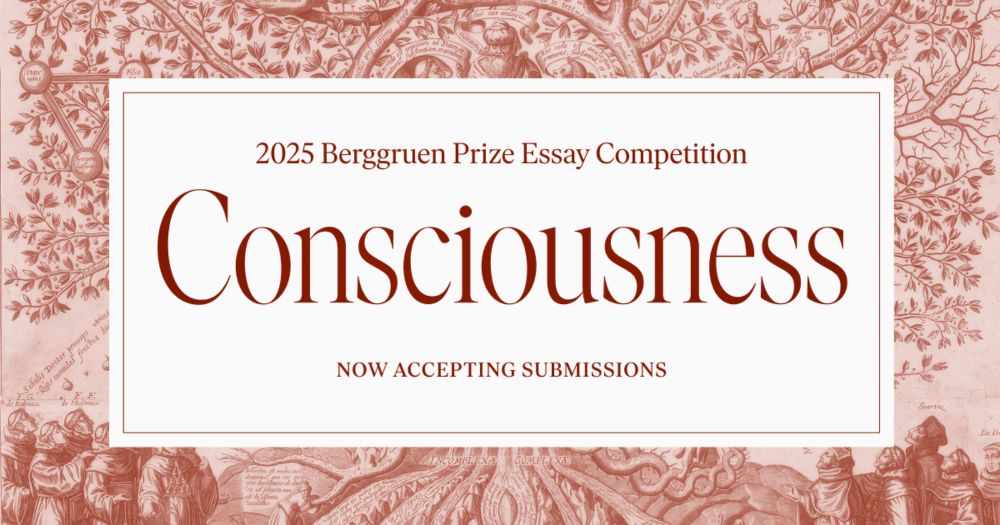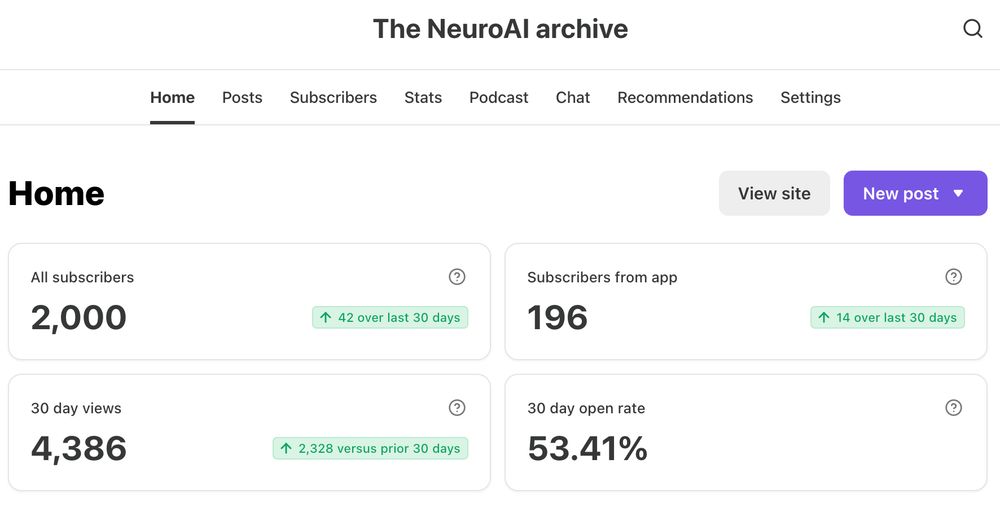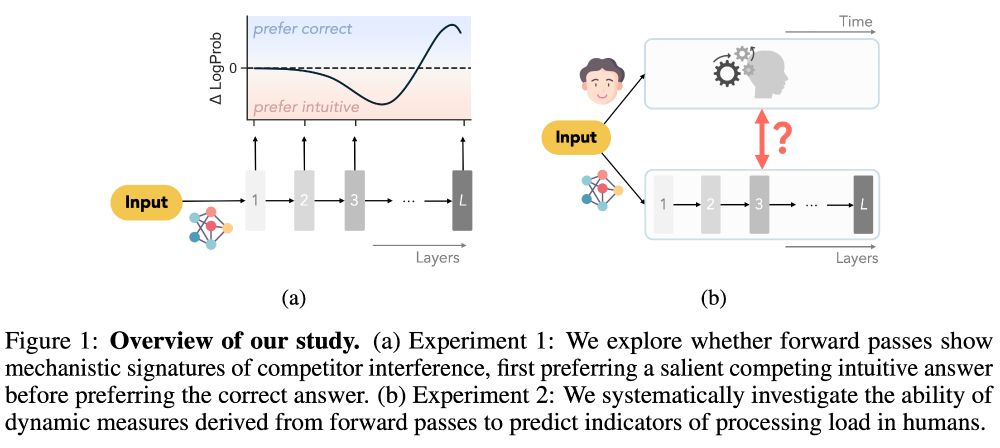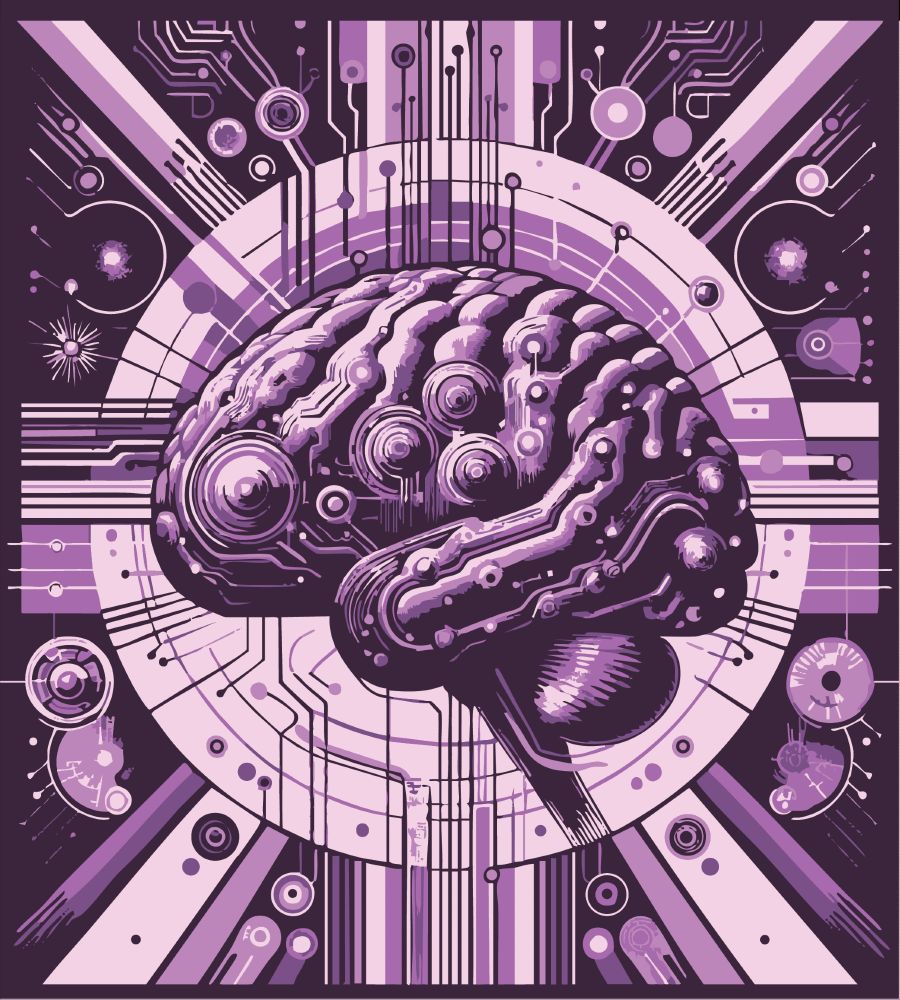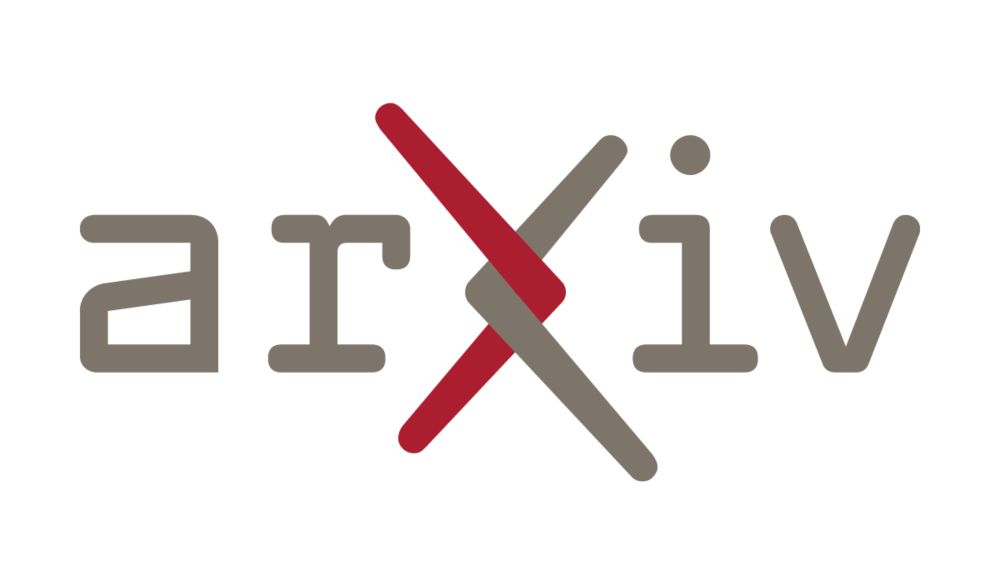Patrick Mineault
@patrickmineault.bsky.social
4.4K followers
580 following
300 posts
NeuroAI, vision, open science. NeuroAI researcher at Amaranth Foundation. Previously engineer @ Google, Meta, Mila. Updates from http://neuroai.science
Posts
Media
Videos
Starter Packs
Reposted by Patrick Mineault
Reposted by Patrick Mineault
Reposted by Patrick Mineault
Reposted by Patrick Mineault
Shahab Bakhtiari
@shahabbakht.bsky.social
· Jul 31
Reposted by Patrick Mineault
Reposted by Patrick Mineault
Reposted by Patrick Mineault
Shrey Dixit
@shreydixit.bsky.social
· Jun 25
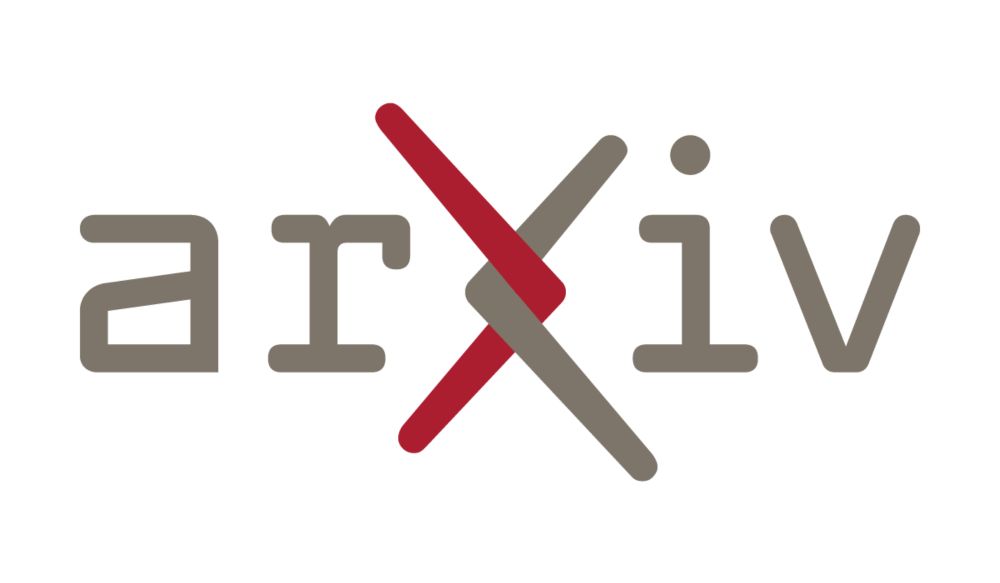
Who Does What in Deep Learning? Multidimensional Game-Theoretic Attribution of Function of Neural Units
Neural networks now generate text, images, and speech with billions of parameters, producing a need to know how each neural unit contributes to these high-dimensional outputs. Existing explainable-AI ...
arxiv.org
Reposted by Patrick Mineault
Dan Levenstein
@dlevenstein.bsky.social
· Jun 23
Reposted by Patrick Mineault
Reposted by Patrick Mineault
Reposted by Patrick Mineault
Yoshua Bengio
@yoshuabengio.bsky.social
· May 20
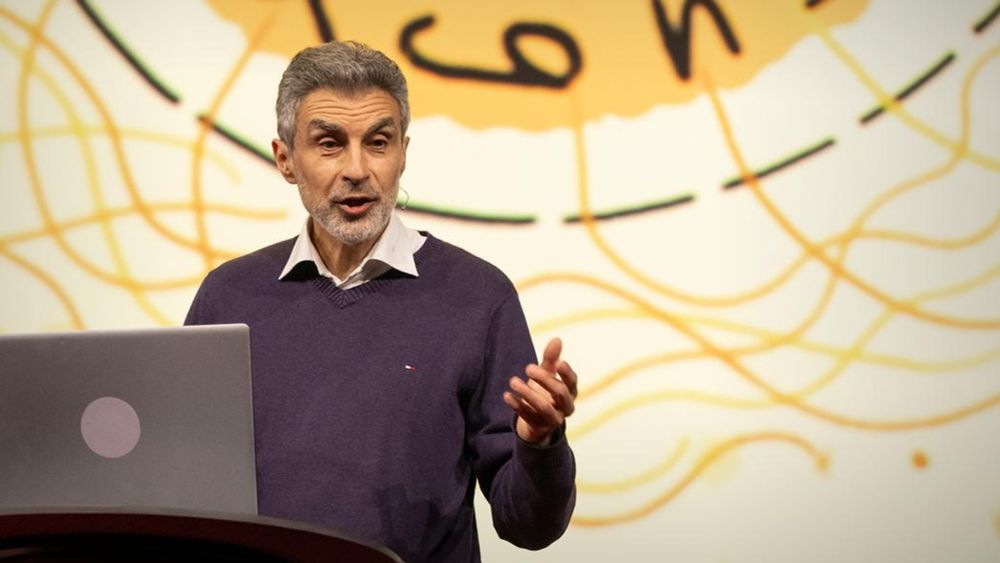
The catastrophic risks of AI — and a safer path
Yoshua Bengio — the world's most-cited computer scientist and a "godfather" of artificial intelligence — is deadly concerned about the current trajectory of the technology. As AI models race toward fu...
www.ted.com
Reposted by Patrick Mineault
